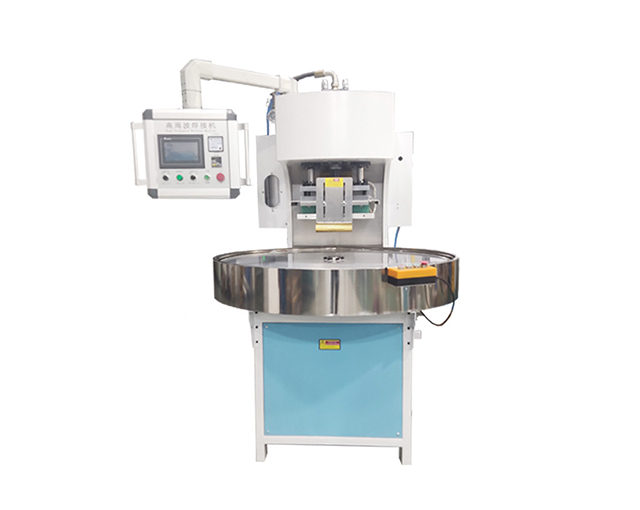Time:2025-02-18 Views:1 source:News

Industry standards play a crucial role in ensuring the quality, safety, and performance consistency of frequency - conversion plate embossing machines. These standards are developed through a collaborative effort of industry associations, manufacturers, and relevant regulatory bodies to set benchmarks for the design, production, and operation of such machines.
Mechanical Structure and Safety Standards
The mechanical structure of frequency - conversion plate embossing machines must meet strict standards. For example, the frame of the machine should be sturdy enough to withstand the high - pressure forces during the embossing process. Standards often specify the minimum thickness and strength requirements for the frame materials, such as high - quality steel alloys. Additionally, safety features are a significant part of these standards. Emergency stop buttons must be easily accessible and clearly marked. Guards should be installed around moving parts, like the embossing rollers and the drive mechanism, to prevent operators from accidental contact. These safety features not only protect the workers but also ensure that the machine complies with safety regulations in different regions.
Electrical and Frequency - Conversion Standards
Given that these are frequency - conversion machines, the electrical and frequency - conversion aspects have their own set of standards. The electrical system should be designed to prevent electrical hazards, such as short - circuits and over - voltage situations. Insulation resistance requirements are defined to ensure that the electrical components are properly insulated from the machine's body. For the frequency - conversion part, standards may specify the accuracy of frequency adjustment. For instance, the machine should be able to precisely adjust the frequency within a certain tolerance range, say ±0.5 Hz, to ensure stable operation and consistent embossing quality. The electromagnetic compatibility (EMC) of the frequency - conversion system is also crucial. It should not interfere with other electrical devices in the vicinity, and at the same time, be resistant to external electromagnetic interference.
Performance and Quality - Related Standards
Performance standards focus on the embossing quality that the machine can achieve. This includes the clarity and depth of the embossed patterns. Standards may define the minimum and maximum depth of the embossing for different types of plates and materials. For example, for metal plates, the embossing depth should be within a range of 0.5 - 2 mm, depending on the plate thickness and the design requirements. The repeatability of the embossing process is another important aspect. The machine should be able to produce the same embossed pattern with minimal variation in multiple runs. Quality - control standards also cover the durability of the embossed patterns. After a certain number of usage cycles, say 10,000 cycles, the embossed pattern should still maintain its integrity without significant fading or wear.
Read recommendations:
double sides head HF radio frequency welding machine
Semi automatic making bags welding machine Flexible film fusing and cutting
Automatic blister edge hemming machine
TPU embossing machine price.The leather embossing machine is a device for embossing leather
Complete control over products allows us to ensure our customers receive the best qualityprices and service. We take great pride in everything that we do in our factory.
